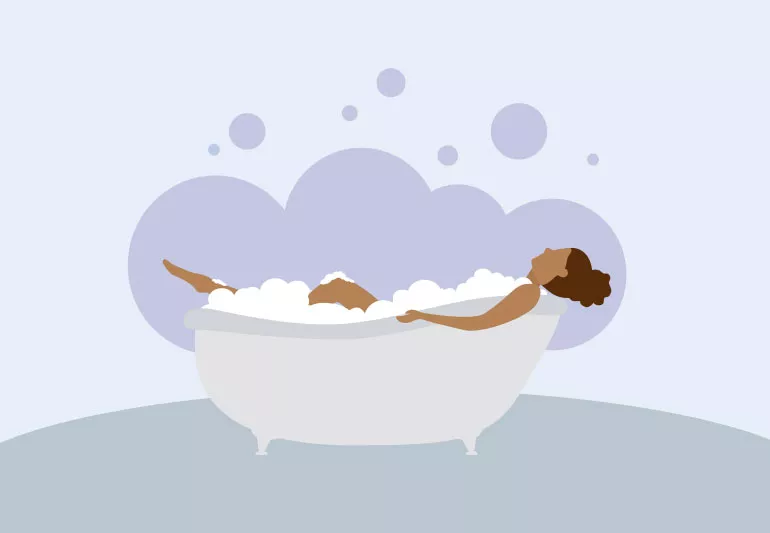Introduction to Hot Tub Filters
Hot tubs are a luxurious addition to any home, providing a perfect setting for relaxation and recreation. However, maintaining the pristine condition of your hot tub water is crucial for a safe and enjoyable experience. Central to this maintenance is the hot tub filter, an often overlooked yet essential component. Hot tub filters serve to remove debris, bacteria, and other contaminants from the water, ensuring it remains clean and clear. This article delves into the importance of hot tub filters, their types, maintenance, and how to choose the right one for your needs.
Importance of Hot Tub Filters
Hot tub filters play a critical role in maintaining water quality and hygiene. Without a proper filtration system, hot tub water can quickly become a breeding ground for bacteria and algae, posing health risks to users. Filters trap dirt, oils, hair, and other particles that enter the water, preventing them from circulating back into the tub. This not only keeps the water clear but also protects the hot tub’s internal components from damage and extends the life of the pump and heater. Therefore, understanding and properly maintaining your hot tub filter is essential for both health reasons and the longevity of your hot tub.
Types of Hot Tub Filters
There are several types of hot tub filters, each designed to suit different needs and preferences. The most common types are:
1. **Cartridge Filters**: These are the most popular type of Hot Tub Filters. They are easy to clean and replace, making them a convenient choice for many hot tub owners. Cartridge filters consist of a pleated material that traps debris as water passes through it. They are effective at filtering out both large and small particles, ensuring clean water.
2. **Sand Filters**: Sand filters use a bed of sand to trap particles and contaminants. As water flows through the sand, debris is caught and clean water is returned to the hot tub. These filters are highly efficient and can handle large volumes of water, making them ideal for larger hot tubs or those that see heavy use. However, they require periodic backwashing to maintain their effectiveness.
3. **Diatomaceous Earth (DE) Filters**: DE filters are the most efficient type of hot tub filters, capable of removing the smallest particles from the water. They use a fine powder made from fossilized remains of diatoms to filter out contaminants. DE filters provide superior filtration, but they are also more complex to maintain and can be more expensive.
Maintaining Your Hot Tub Filter
Regular maintenance of your hot tub filter is crucial for ensuring its effectiveness and the cleanliness of your water. Here are some essential maintenance tips:
1. **Regular Cleaning**: Depending on the type of filter, regular cleaning is necessary. Cartridge filters should be removed and rinsed with a garden hose every few weeks to remove debris and buildup. For a deeper clean, they can be soaked in a filter cleaning solution. Sand filters require backwashing to flush out trapped particles, while DE filters need periodic cleaning and recharging with fresh DE powder.
2. **Replacement**: Filters don’t last forever. Cartridge filters should be replaced every 12-24 months, depending on usage and maintenance. Sand in sand filters should be replaced every 3-5 years, and DE filter grids need replacement every 2-3 years. Keeping track of these replacement intervals ensures optimal filtration performance.
3. **Monitoring Water Quality**: Regularly testing the water quality helps in identifying when the filter needs cleaning or replacement. Cloudy water, unpleasant odors, or increased chemical usage can be signs that your filter is not functioning properly.
Choosing the Right Hot Tub Filter
Selecting the right filter for your hot tub depends on several factors, including the size of your tub, frequency of use, and personal preferences. Here are some considerations to help you make an informed decision:
1. **Tub Size and Usage**: Larger hot tubs or those used frequently may benefit from a sand or DE filter due to their higher capacity and efficiency. For smaller tubs or less frequent use, a cartridge filter may be sufficient and more convenient.
2. **Maintenance Preferences**: Consider how much time and effort you’re willing to put into filter maintenance. Cartridge filters are generally easier to clean and replace, making them a good choice for those looking for minimal maintenance. Sand and DE filters, while more efficient, require more involved maintenance procedures.
3. **Budget**: Cost is another important factor. Cartridge filters are typically the most affordable option, while DE filters tend to be more expensive both in initial cost and maintenance. Balancing your budget with your filtration needs is key to making the right choice.
4. **Water Quality Goals**: If achieving the highest possible water quality is your top priority, a DE filter may be the best option despite its higher cost and maintenance requirements. For those content with very good, but not necessarily the highest, water quality, cartridge or sand filters can be more cost-effective solutions.
Conclusion
Hot tub filters are indispensable for maintaining clean and safe water, ensuring a pleasant and healthy soaking experience. Understanding the importance of these filters, the different types available, how to maintain them, and choosing the right one for your needs is crucial for any hot tub owner. By investing time and care into selecting and maintaining your hot tub filter, you can enjoy crystal clear water and extend the life of your hot tub, making every soak a truly relaxing and rejuvenating experience.
Stay in touch to get more news & updates on chicagoheading.com!

